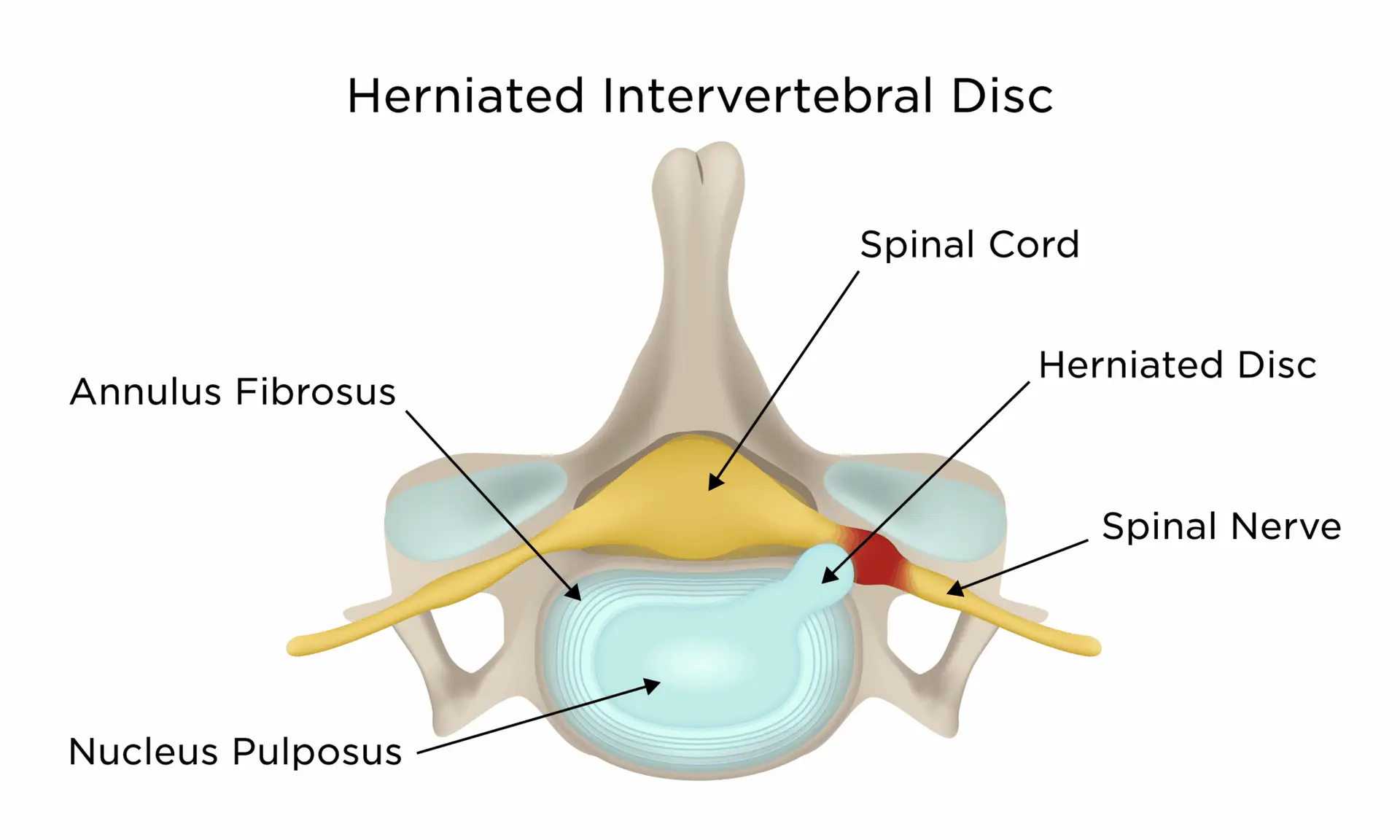In the intricate and complex system of the human body, the spine stands out as an architectural marvel, and the spinal discs are its unsung heroes. These small but mighty structures work tirelessly, allowing us to twist, bend, and move with ease. But what exactly are spinal discs made of, and how do they function? Let’s dive into the world of spinal discs and uncover the secrets behind their vital role in our everyday movements.
The Building Blocks of Spinal Discs
Spinal discs, sandwiched between the vertebrae, are the shock absorbers of the spine. Each disc is uniquely designed with two main components:
- The Nucleus Pulposus: At the core lies the nucleus pulposus, a jelly-like substance rich in water and proteoglycans. This center part gives the disc its elasticity and ability to absorb shock, much like a water balloon cushioning impacts.
- The Annulus Fibrosus: Encircling the nucleus is the annulus fibrosus, composed of several layers of tough, fibrous tissue. These layers provide strength and support, containing the nucleus and maintaining the disc’s integrity under pressure.
The Discs at Work: A Balancing Act
Spinal discs play a critical role in maintaining spinal flexibility while bearing the load of the upper body. They act as a pivot point allowing the spine to bend and twist. When you bend to tie your shoe or turn to look behind you, your spinal discs are hard at work.
The Changing Tides: Discs Over Time
As we age, our discs undergo changes. They lose water content, making them less flexible and more prone to wear and tear. This process, known as disc degeneration, can lead to conditions like herniated discs or degenerative disc disease, common sources of back pain.
In Good Health: Keeping Your Discs Happy
Maintaining disc health is crucial for a pain-free, active life. Regular exercise, good posture, and proper lifting techniques can help keep your discs in good shape. Chiropractic care can also be beneficial in maintaining spinal health and preventing disc-related issues.
Conclusion: The Unsung Heroes of Movement
Spinal discs may be small, but their role in our mobility and daily life is immense. Understanding their composition and function helps us appreciate the complexity of our bodies and the importance of taking care of our spines.
For those interested in learning more about spinal health or experiencing back discomfort, consulting with a chiropractic professional like Dr. Jacob Reesor at Vector Spine and Sport can provide further insights and care tailored to your spinal health needs.






